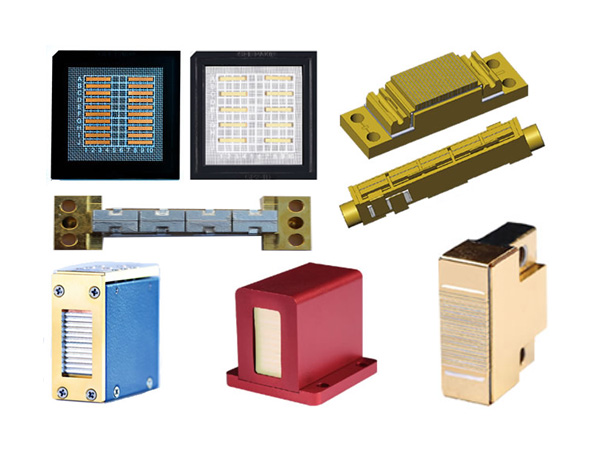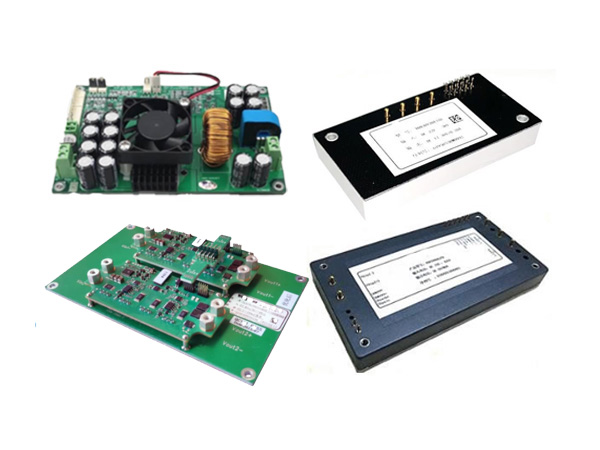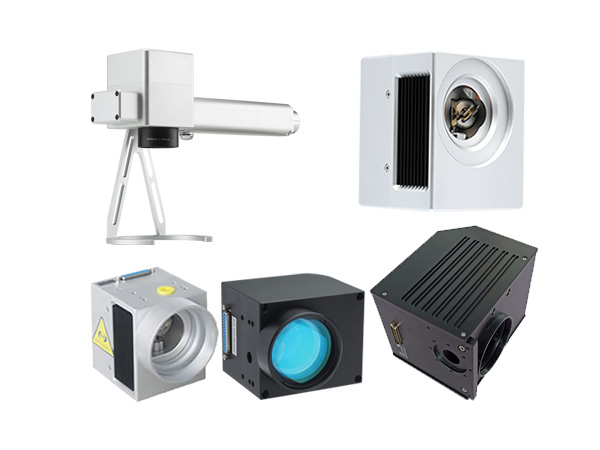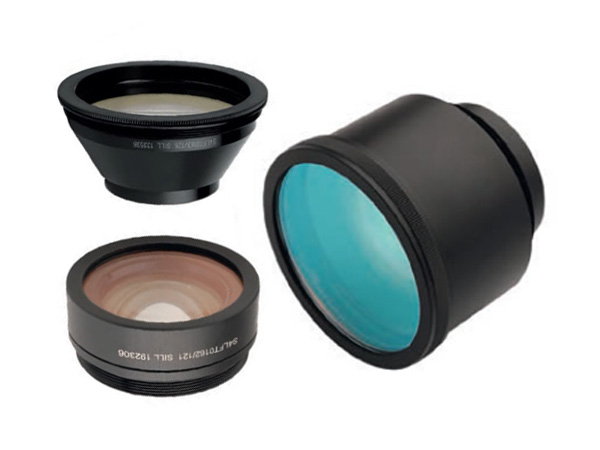An Introduction of Metalenses
An Introduction of Metalenses
Metalenses (metasurfaces) are increasingly seen as a feasible solution to improve system performance while reducing system size and weight in complex imaging and lighting equipment. This is because a single metalens can usually be used to achieve the same performance as what multiple "traditional" optical components are used to achieve.
However, designing metalenses that can meet system requirements and be manufactured on a large scale remains a major challenge. Part of the reason is that the diameter range of metalenses can range from hundreds of micrometers (when deployed in compact devices such as image sensors and endoscopes) to centimeters or longer (when used to replace thicker refractive components in systems such as mobile phone cameras or augmented reality (AR) headphones). The design of a practical and stable metalens requires multi-scale and multi-physical field simulations to accurately evaluate the performance of lenses within a large aperture range and the performance of internal metalenses in large optical systems.
What is a metalens?
For a metalens, a sub-wavelength "meta-atomic" pattern on the surface of the dielectric is used to regulate the incident light. Specifically, the meta-atomic pattern alters the phase distribution of the incident beam, resulting in beam bending (redirection). Meta-atoms are tiny nanoscale structures with different shapes and sizes, and their positions on the lens can be arbitrary, aimed at controlling the interaction of light. Although the term "lens" in metalenses implies that these components are used for focusing light like traditional lenses, it has been adopted by the industry to encompass the wide range of functions provided by phase manipulation. To achieve this phase modulation, a metalens requires a significant difference between the refractive index of the meta-atoms and the refractive index of the surrounding materials. The material used for metalenses depends on the target wavelength range of the application of interest, where material absorption is minimal and manufacturing technology can meet feature size requirements. For example, silicon is typically considered for near-infrared (IR) applications such as LiDAR sensors, while titanium dioxide, gallium nitride and silicon nitride are considered for camera applications in the visible wavelength range.
What are the advantages of metalenses?
Metalenses are a flat and light option that can replace bulky traditional lenses and other components in optical systems. A single thin metalens can combine the functions of multiple optical components into a complex system, for example, replacing the mask and lens systems used in traditional point projectors. Metalenses can also be used for additional functions such as polarization manipulation and splitting. In fact, polarization is used to combine the functions of sources such as point projectors and diffusers to achieve 3D sensing in applications such as AR and computational photography.
What are the applications of metalenses?
Superlenses can be used in any situation where the size and weight of optical components in the system need to be reduced. This includes LiDAR and facial recognition systems for 3D sensing of autonomous vehicles, medical equipment such as endoscopes and microscopes, monitoring systems such as infrared and machine vision cameras, display and imaging systems such as mobile phone cameras, CMOS image sensors and AR/VR headphones, and laser holography, etc.
 English
English Français
Français Deutsch
Deutsch euskara
euskara Русский язык
Русский язык Italiano
Italiano Português
Português Nederlands
Nederlands Polski
Polski Greek
Greek Lietuva
Lietuva Türkçe
Türkçe 日本語
日本語 한어
한어 中文
中文 தாமில்
தாமில் فارسی
فارسی हिंदी
हिंदी Tiếng Việt
Tiếng Việt ภาษาไทย
ภาษาไทย Pilipino
Pilipino Indonesia
Indonesia தாமில்
தாமில்





